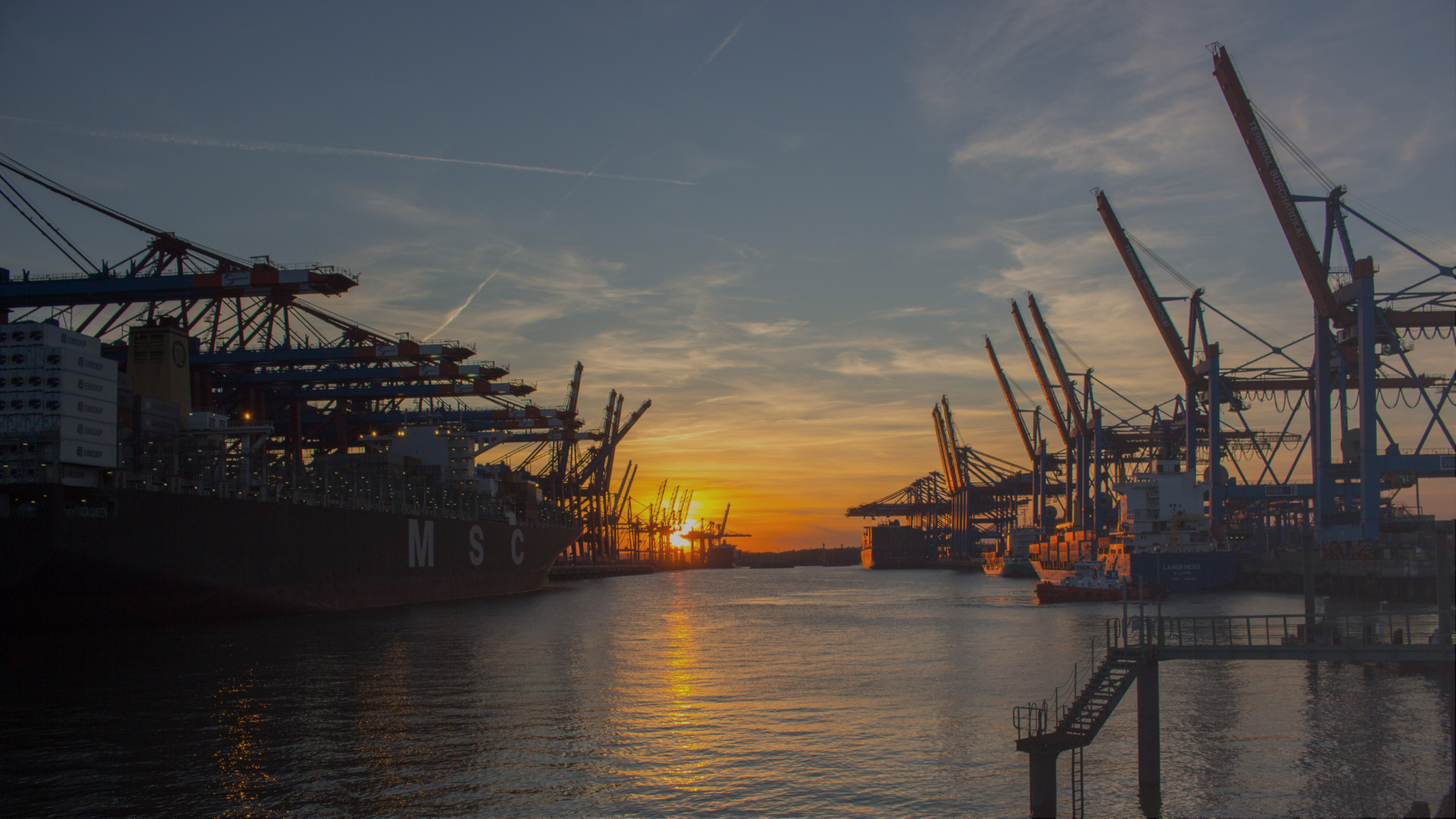Factsheet: LNG & Green Corridors
Green shipping corridors are maritime transport routes designed to prioritize using low- and zero-emissions technologies and fuels. Here are three reasons why Liquefied Natural Gas does not belong in green shipping corridors.

Green shipping corridors are maritime transport routes designed to prioritize using low- and zero-emissions technologies and fuels. These corridors are established through public-private partnerships to advance decarbonization goals while ensuring the commercial viability of the entire zero-emissions shipping value chain.
Green corridor initiatives primarily focus on accelerating the adoption of emerging, “immature” fuels. Liquefied Natural Gas (LNG) stands apart from this category due to its well-established status. Here are three other reasons why LNG should not be included in the fuel mix within green shipping corridors:
- LNG is not a low- or zero-emissions fuel. From a life-cycle approach – accounting for the emissions at all life stages – LNG has a negligible impact on reducing greenhouse gas emissions. Decarbonizing the shipping sector in line with the Paris Agreement 1.5°C target, the industry needs deep emissions cuts now and a rapid phaseout of fossil fuels.
- LNG does not support decarbonization goals. Methane – the primary component of LNG – is a potent greenhouse gas with a lifespan of 12 years in the atmosphere. Though it does not stay in the atmosphere for long, methane absorbs 84 times more energy than CO2. According to the IPCC, addressing the climate emergency requires urgently tackling methane emissions.
- LNG is a stranded asset. Due to increasing climate regulations, growing opposition to fossil fuel reliance, and controls on methane emissions, LNG infrastructure will lose value and become a liability. LNG will result in a technology and infrastructure lock-in, impending the feasibility of zero-emissions solutions and their broad uptake.
Green shipping corridors are not relevant pathways for LNG.
Green shipping corridors are large-scale demonstrations of new fuels and technology feasibility. LNG is already in commercial operation, so it is not a part of this scope. Instead of relying on “transition fuels” to buy more time, we should focus on reaching ambitious and challenging goals to overcome existing barriers. This will enable us to move beyond the notion of what is “feasible” and work towards achieving our moonshot ambitions. Using LNG provides a false sense of confidence and can hinder the progress of green shipping corridors by impeding the pursuit of more ambitious goals.
References and Further Reading:
Greenwashing of Green Shipping Corridors – The Liquid Grid
The Canadian Green Shipping Corridors Assessment – What We Do – Oceans North
Green Shipping Corridors – C40 Cities
Publication: The Role of LNG in the Transition Toward Low- and Zero-Carbon Shipping
Exploring methods for understanding stranded value: case study on LNG- capable ships